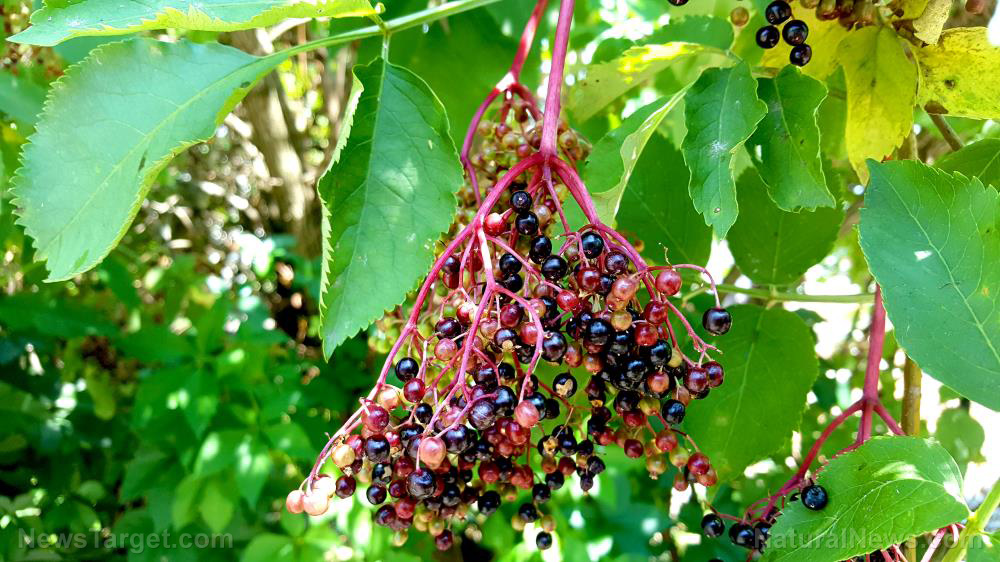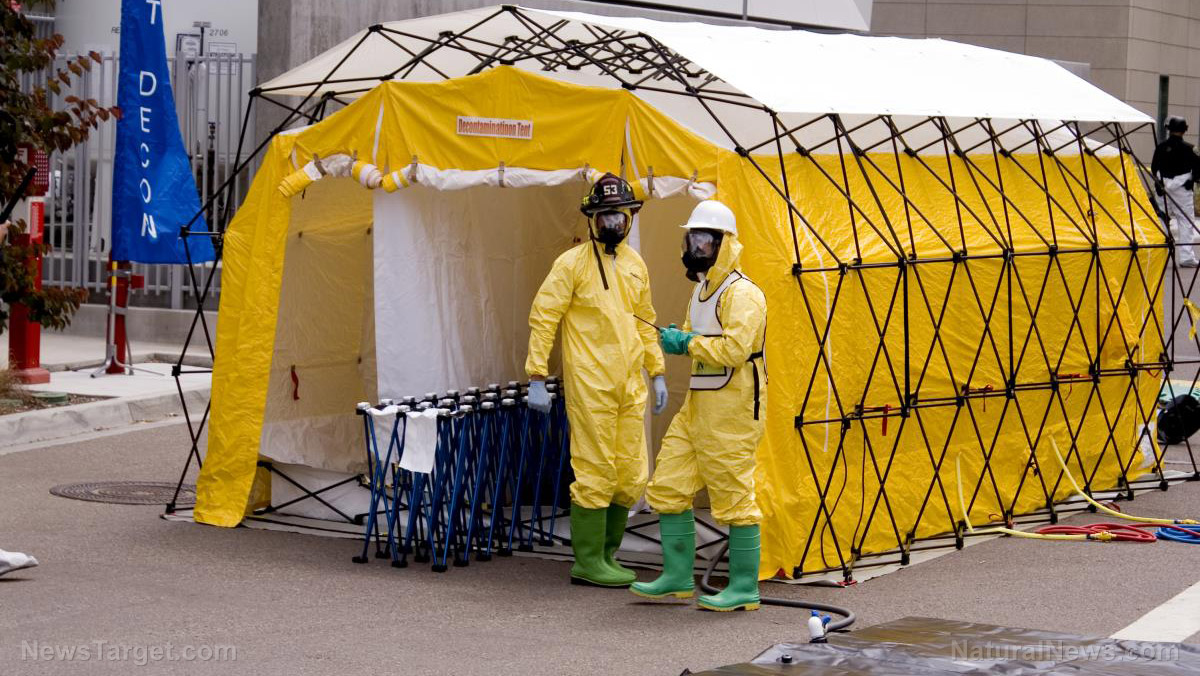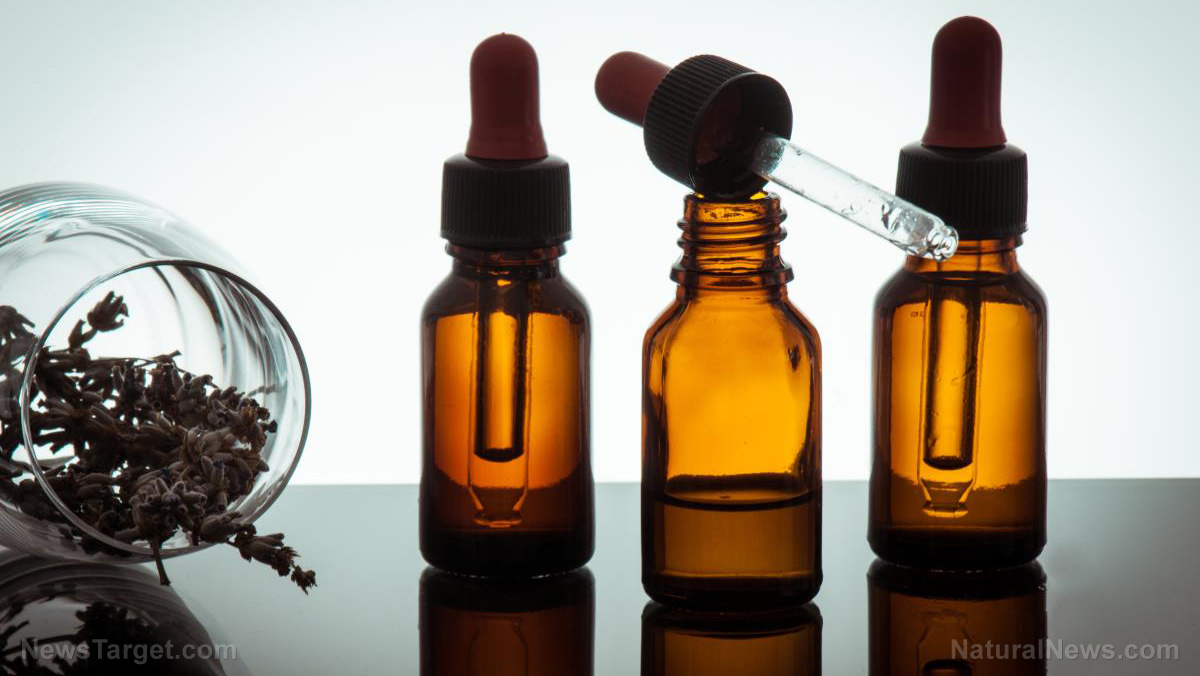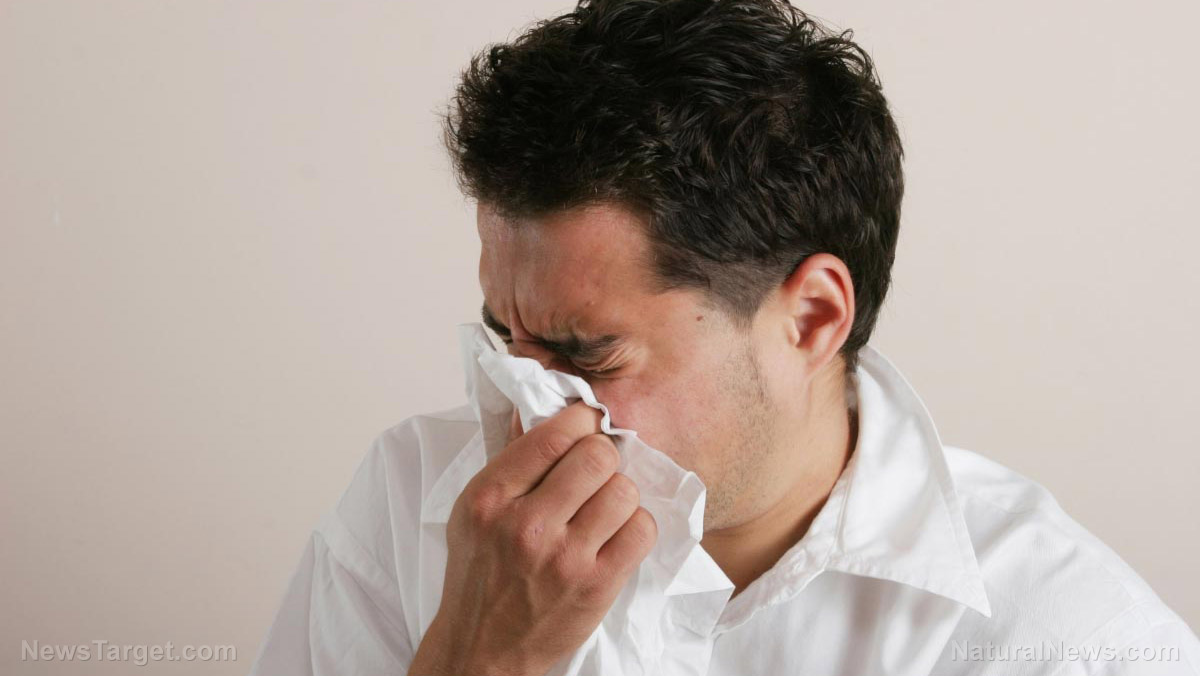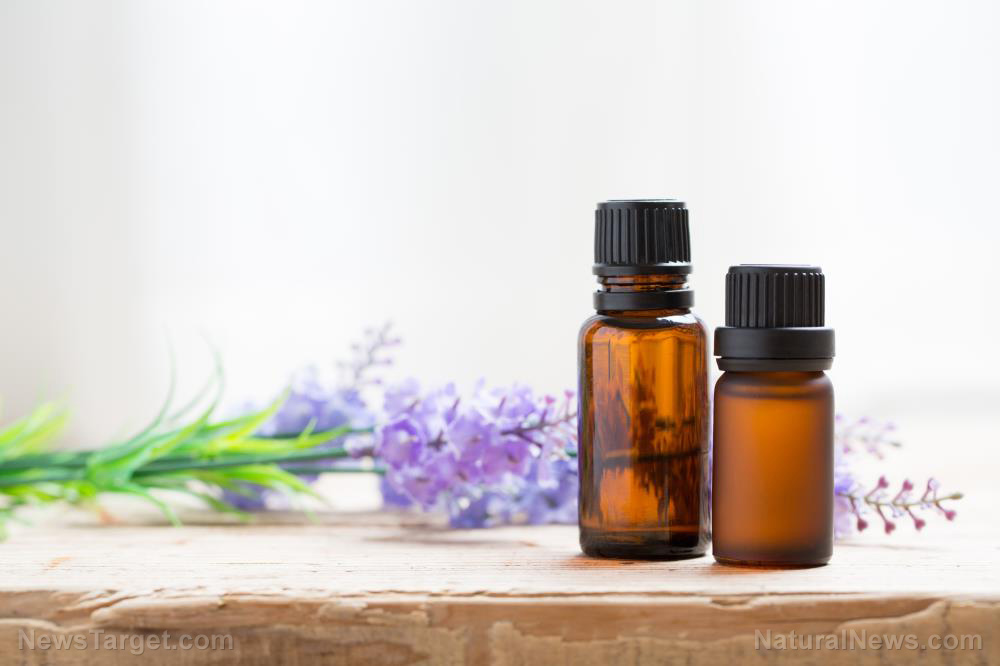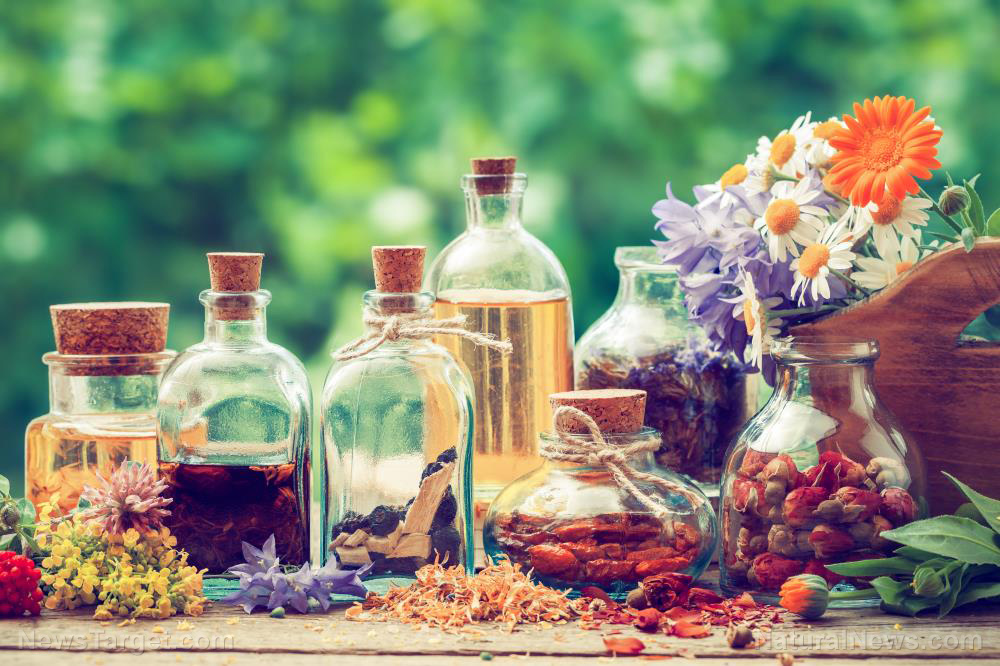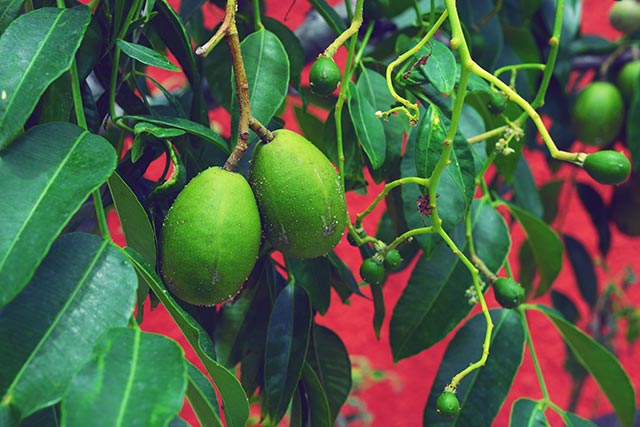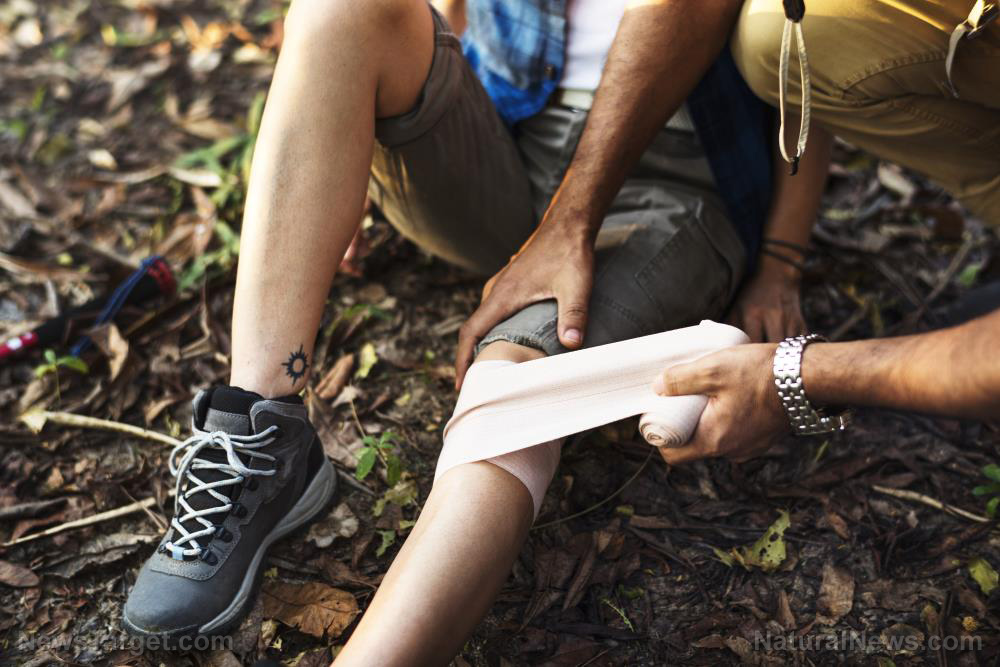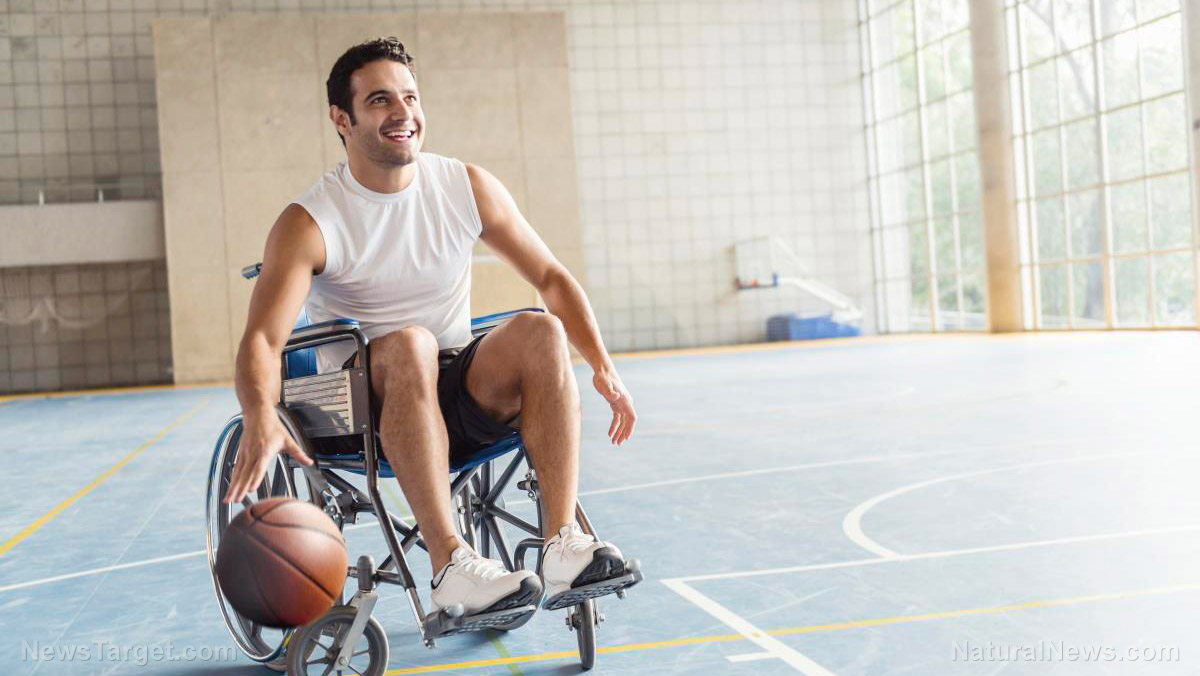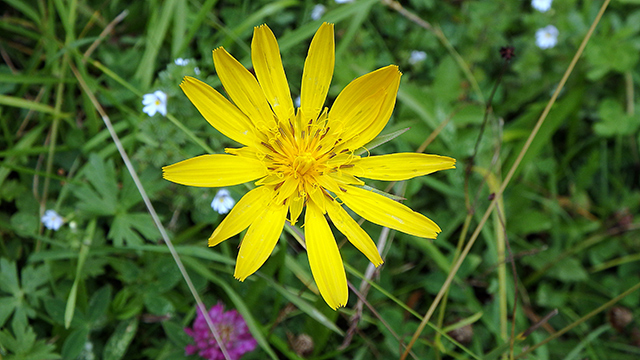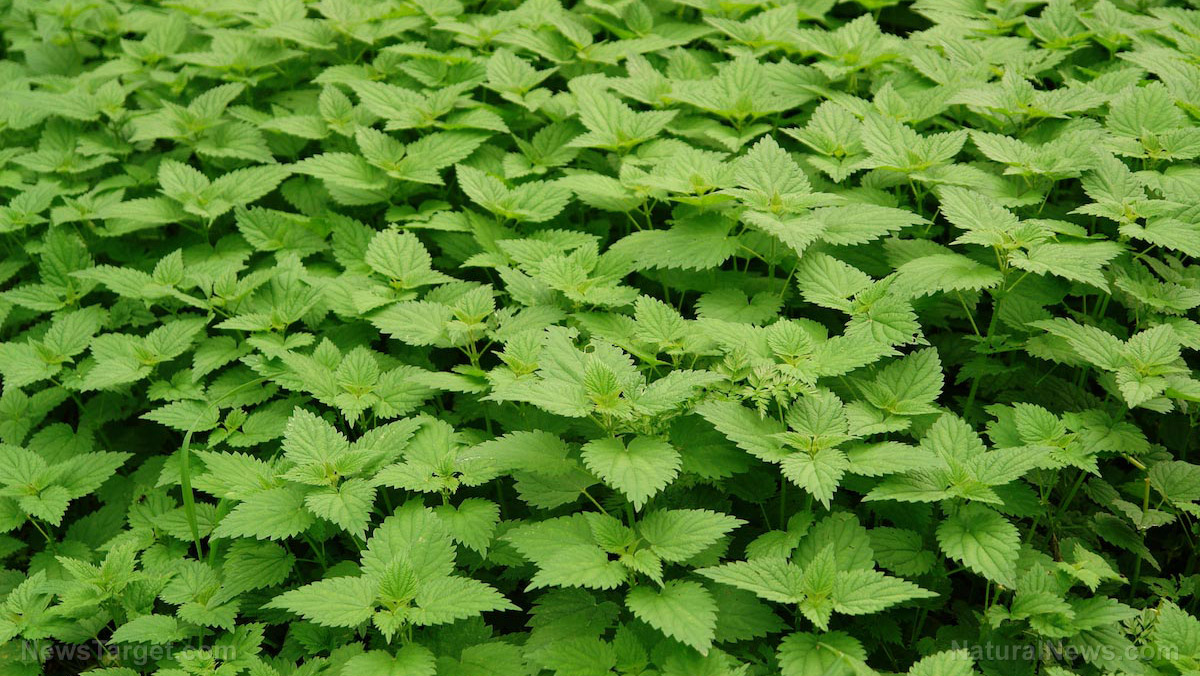How to stop a bleeding wound, even in the middle of nowhere
02/26/2019 / By Mary Miller
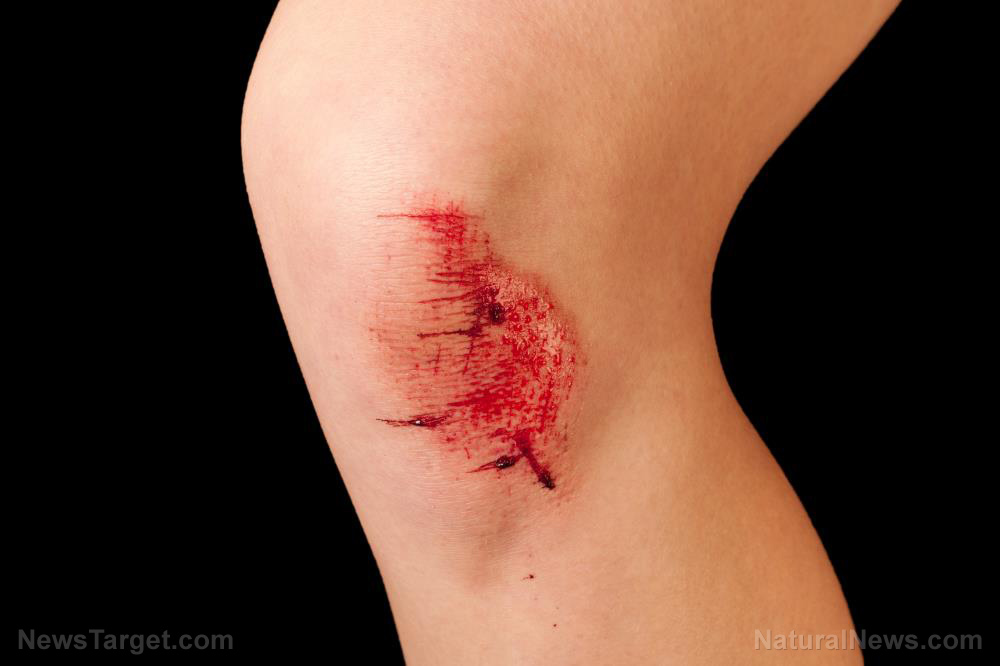
Imagine being in the middle of nowhere. Perhaps you were hiking in the woods, or you might be alone in your remote homestead, far away from civilization. Imagine that for some reason or another, you are injured and your wound won’t stop bleeding. What are you going to do now? Learn how to stop a bleeding wound when SHTF by following this simple first aid guide. (h/t to BeansBulletsBandagesAndYou.com).
Apply direct pressure
Even if you don’t have any medical supplies with you at the moment, you can use your bare hands to directly apply pressure on the open wound. However, it is ideal that you have a clean cloth with you at all times that you can use to cover the wound. Applying direct pressure is the first thing you should do instinctively, as using enough force can cause the bleeding to stop. Blood will naturally coagulate, so your main goal is to hold the wound closed to keep the blood inside your body long enough for the natural coagulation process to do its job. Over time, the bleeding will slow down and eventually stop. Until then, you should keep applying the pressure constantly over the wound. When you think that the wound has stopped bleeding, you can gradually and very carefully remove the pressure, but be quick to apply it again if the wound starts bleeding again.
Use cayenne pepper
Cayenne pepper is a natural remedy that can be used to stop bleeding in seconds. You might expect such a powerful spice to cause intense stinging or burning sensations when applied to an open wound, but it surprisingly causes none of these effects. Cayenne pepper is an excellent source of vitamin K. This vitamin can help coagulate your blood. Cayenne pepper also possesses potent antifungal and antibacterial properties that can immediately disinfect the wound and protect it from further infection. If you have some ground cayenne pepper powder, all you have to do is pour some of the powder directly on to the open wound. It can be used to help reduce excessive bleeding instantly.
Elevate the wound
Elevation is a method of controlling bleeding, but it must be done carefully. You don’t have to elevate the wound to its maximum height. The point is to simply raise the wounded body part above the heart. As long as the injured area is above heart level, gravity will help to reduce the bleeding. Slowly raise the wound and try to avoid any unnecessary movements.(Related: Survival first aid: How to stop excessive bleeding when you’re off-grid.)
Use pressure points
Arteries are the major pathways of your blood and are vital to circulation. If you are familiar with your body’s main arteries, you can apply pressure to specific points where these arteries are located to help reduce the flow of bleed and slow down the bleeding. Even before SHTF, you should already be learning about your body’s main arteries and pressure points. You can find them in the parts of your body that you normally use to feel a pulse. This way, if you do get injured, you can pinch the arteries that are feeding the bleeding vessel. These pressure points should be located between your heart and your open wound.
Bandage the wound
Don’t forget to wrap your wound in a nice clean, bandage when you are done. Even with your body’s natural coagulation process, this will help prevent further bleeding and possible infection. This will also avoid accidentally reopening the wound. If you can, you should also try to have your wound checked by a medical professional. It is better to be safe than to underestimate the severity of your wound.
Learn other first aid techniques to help you survive by going to Survival.news.
Sources include:
Tagged Under: accidents, bleeding wounds, blood flow, cayenne pepper, emergency medicine, first aid, homesteading, how to, off grid, off-grid emergencies, preparedness, prepper, prepping, remedies, self-reliance, SHTF, survival, survival emergencies, survival skills, Survival Tips, survivalist, Vitamin K, wound care

